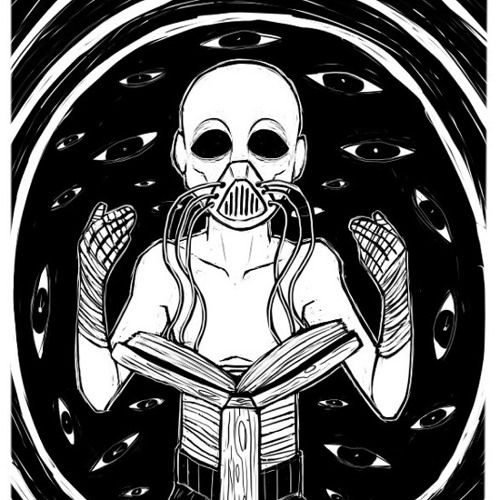


It is not the revelation of ugly truths that drives the narrative, but the withholding of truths for what appear to be perfectly fine reasons. The point of Penpal isn’t really the origin of the strange Polaroids or the mystery of what happened to Josh, but rather how even the purest of good intentions can sometimes have negative consequences never conceived or imagined. Citizen Kane is one of the most famous examples: the point is not to tell the story of Charles Foster Kane, but rather to reveal how a man becomes a mythic figure through the perspective of others. The best choice for stories told in a non-linear fashion are those in which the narrative flow may not be the real point. Some stories demand to be told out of order and even the really solid examples may not retain the quality of their creativity if presented merely in the fashion of cause-effect-cause-effect. (Example: about half the episodes of The Dick Van Dyke Show, which are told in a flashback manner despite no obvious reason for doing so.) It has been suggested by some critics that the best way to determine whether a story told in non-linear fashion is fundamentally sound is to rearrange it chronological order: if it still captures the imagination then it is solid story, if not then it is a gimmick. The story comes at the reader out of order, learning things about the “future” before learning things about the “past.” This can be a frustrating way of receiving a story for many people and it doesn’t help facilitate things for them when so many stories that presented in a non-linear fashion do not really require it. Penpal is one of those novels in which the events do not unfold in a clear and direct linear chronological order. We are thankful for their contributions and encourage you to make your own.


These notes were contributed by members of the GradeSaver community.


 0 kommentar(er)
0 kommentar(er)
